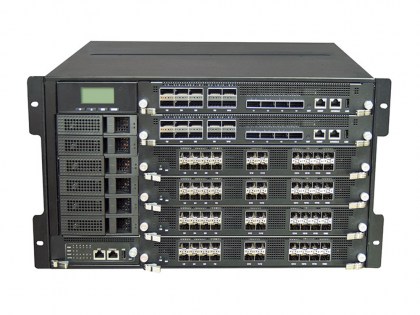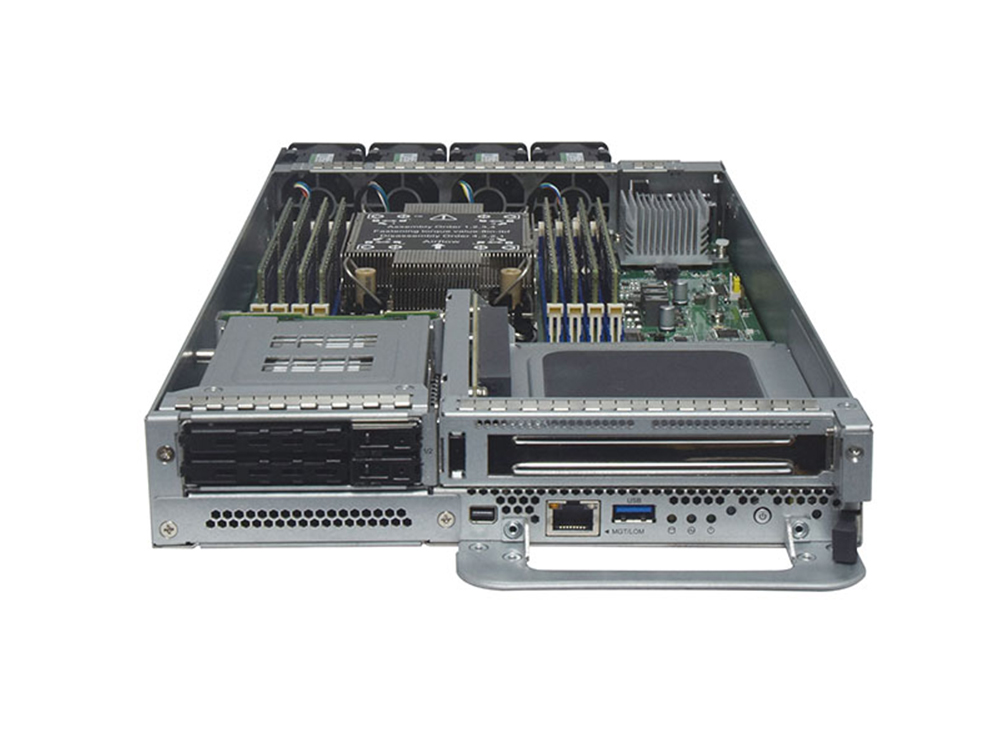Background
As users generate data at an accelerated rate adding demand to distributed workloads, service providers and enterprises require their networks to work smarter, which can be enabled by a deep integration software-defined approach. Network programmability is a key component to realize the edge cloud platform, driving machine learning (ML) workload acceleration and highly secure solutions. P4-programmable switches, such as Intel® Intelligent Fabric Processors (Intel® IFPs), can enhance Ethernet switching with high-performance, and real-time edge-to-cloud telemetry for higher visibility and manageability. Intel® Tofino end-user programmable Ethernet switches can accelerate packet processing for edge and cloud data centers, high-performance computing (HPC) and communication service providers.
Programmable Switch Advantages & Use Cases
As discussed in previous blog posts, there are many benefits to using programmable switches, such as providing greater visibility in routing packet routing paths to determine network latency, real-time in-band telemetry network (INT), adding new functions, swift troubleshooting, and enhancing congestion control for workloads.
There are many use cases for programmable switches including load balancer, segment routing, network telemetry, network packet broker, DNS caching, tunnel gateways, secure firewalls, and deep insight network analytics.
Segment Routing (SRv6)
True to its name, P4-programmable switches allow for flexible transitions through adding and removing various data plane features, to adapt to various network service demands and needs. Segment Routing (SRv6) is an IP transport protocol that leverages existing IPv6 forwarding technology to simplify network protocol types in order to utilize new services and features, and provide high reliability, making it especially suited to scenarios such as cross-domain interconnection, service cloudification, and large-scale networking. A programmable switch supporting SRv6 can offer firewall, DDoS, CG-NAT services.
Real-Time Network Telemetry
It is crucial to have insights into real-time applications running inside the network in order to monitor issues, particularly issues that can cause data bottlenecks and network failures. With P4-programmable switches, the telemetry function can be offloaded to the data plane, namely in-band telemetry (INT), which can then be programmed by adding metadata to each packet that reports the telemetry information of different switches. This monitoring mechanism allows fixing configuration errors and optimizing data routing, which would improve network performance.
Layer 4 Load Balancer
A load balancer distributes the incoming traffic workload among different network servers to increase capacity and reliability of applications, resulting in a consistent and better user experience. To meet performance requirements and constantly scaled to maintain incoming traffic, it can be a burden on the network infrastructure. With Intel® TofinoTM P4 programmability, the load balancing effort can be offloaded to the switch, offering a continence monitoring function capability. For example, streaming protocols usually handled by the streaming server side can be offloaded to the network at the edge, enabling improved viewer experience and reducing traffic delays.
In-Network DDoS Detection
The P4-programmable switch, namely Intel® TofinoTM, performs tasks in the network and does not rely on other resources, can detect DDoS attacks without delay and deploy programmable defense measures to mitigate attacks effectively. P4 programmable switches can effectively improve resource efficiency, mitigate DDoS attacks, and implement value-added functions.
Featured Products:
HTCA-6600 “Telco cloud in a Box” with HLM-1101 TofinoTM SwitchBlade
 |
The whitebox Telco cloud in a Box, can insert two TofinoTM Switch blade, 1+1 active-active and 6 compute blades, each with dual socket Intel processors, and built-in storage for different application needs.
- Programmable - Carrier Edge needs programmable networks not based on legacy protocols
- Better Visibility - Provide visibility into the performance of platform and VNFs
- Scalable Architectures - Scalable networks, compute and applications
- Cost Efficiency: Compare to traditional architecture, it offers below advantages:
- Reduction in CapEx and OpEx.
- Lower footprint and power consumption
 |
The HLM-E110 switch blade provides fabric interface with 100GbE QSFP28 x6, and 10/25GbE SFP+ x8 with Intel Tofino™ Series switch controller. This switchblade is compatible with HTCA-E400 Series network appliances to offer 10/25/100GbE fabric connectivity.
- 10/25/100 GbE Switch Sled with Intel® TofinoTM Series
- Fabric interface with 6x 100GbE QSFP28, 8x 10/25GbE SFP+
- Intel® TofinoTM Series (BFN-T10-032D-B0) the maximum bandwidth up to 3.2 Tb/s.
- Compatible with HTCA-E400 Series






